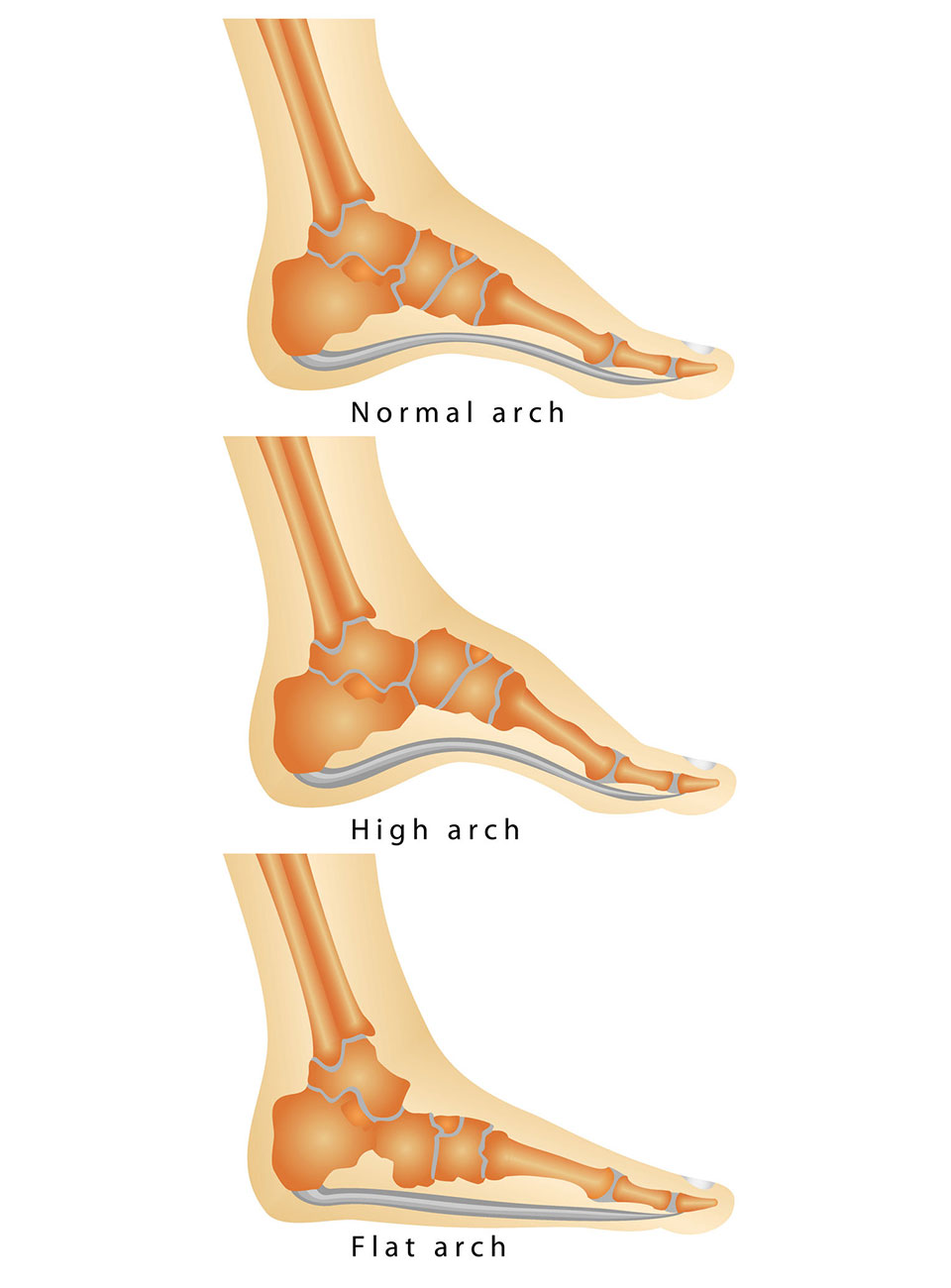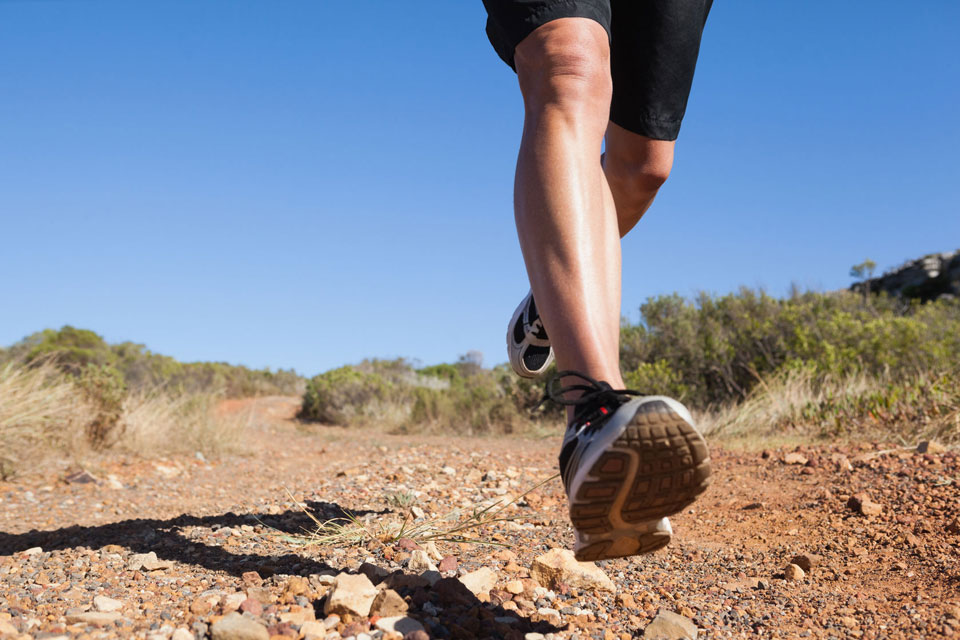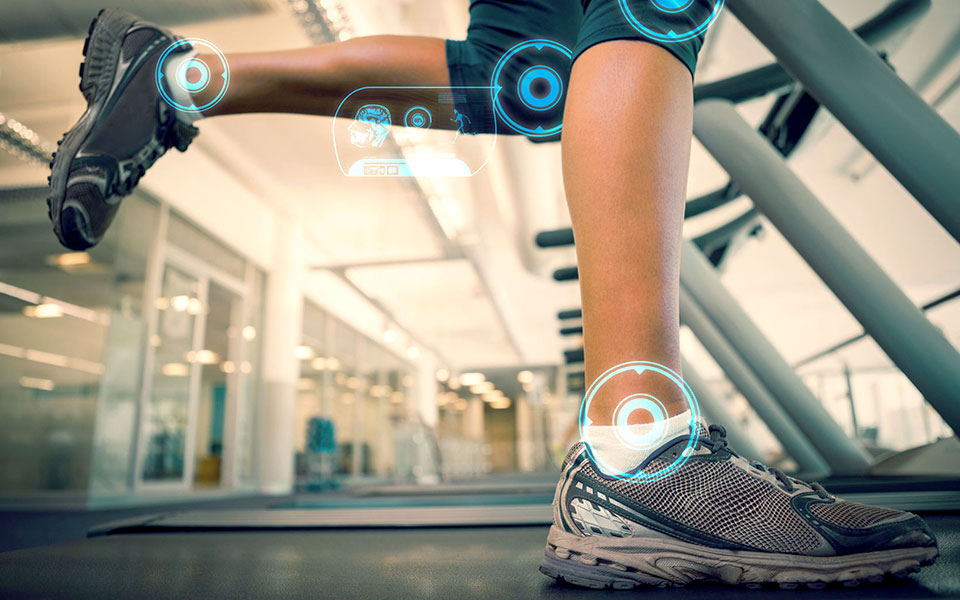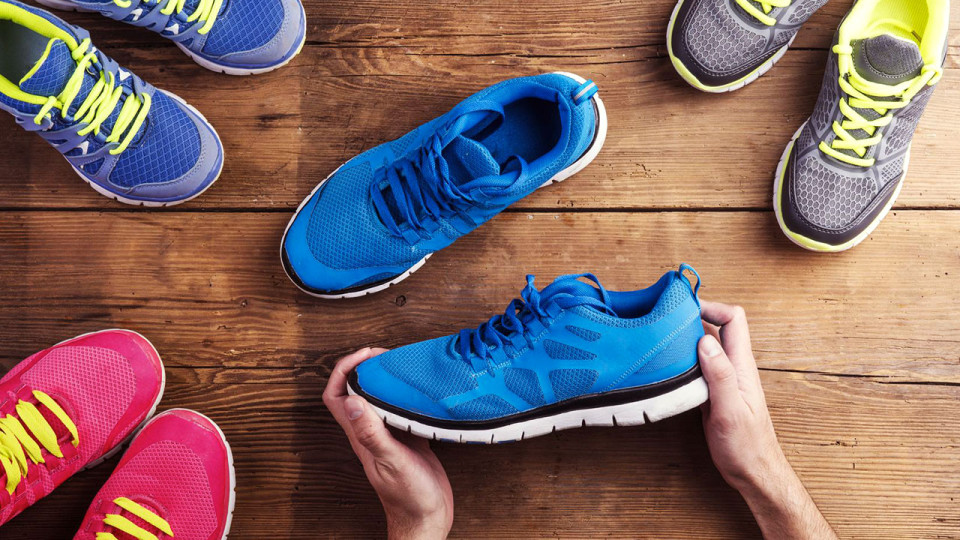For runners, buying a pair of running shoes can really be a commitment. These are the vessels that will transport you over the hills, through the woods, to wherever your run takes you. They will cushion the impact that running puts on your body, protect your knees and ankles, and give you the support you need to keep going.
They will be with you during rainy days, hot afternoons, and across finish lines. Your running shoes will be your best running companion. So how, exactly, do you choose the perfect pair?
Arches and Toes
One of the first things to consider when purchasing a new pair of shoes is the shape of your arch, which determines how your weight is distributed and how your foot lands when you take a stride. There are three general categories of arches—high, low and neutral. Runners with high arches tend to roll their foot inwards, or supinate, during footfall.
It is recommended that these runners look for a more cushioned shoe. The padding on the inside and in the sole and heel of a cushioned shoe will make landing much softer. Some runners have low arches, which can also be called flat or collapsed.
These archetypes tend to roll outwards, or pronate, during footfall and do best with a stability shoe. Stability shoes offer more support and a less flexible ride, to protect the ankles and keep the foot straighter. Other runners have neutral arches—not too high or low—and wear shoes with equal cushioning and stability.

While you are taking a look at your foot, it might serve you well to take notice of your toes and the balls of your feet. Different shoes have different shaped toe boxes, or the area at the top of the shoe. If you have long narrow feet, look for a shoe with a longer toe box. If you have shorter, wider toes or if you have what looks to be the beginnings of a bunion, look for a shoe with a more rounded toebox.
This is important, as you want your shoe to match your foot shape as perfectly as possible. Additionally, your foot can swell inside your shoe or be pushed forward in your shoe when you strike the ground. For these reasons, also keep in mind that you may need to purchase a running shoe that is a half size larger than a shoe you would normally wear.
Shoes that are too cramped in the toebox can cause you to develop painful blisters, and no one likes running with blisters.
Track, Trail, or Road?
Next, ask yourself what kind of surface you will be running on, or what kind of running will you be doing. Track and cross country runners might invest in running flats or spikes, to give them the lightest shoes and the best grip while competing. Trail runners might look for something with more traction and deeper tread on the bottom of the shoe to tackle roots, rocks, and slippery conditions.
Road runners probably have the largest selection of shoes, as most shoes are made for general road running and can handle trails if you do occasionally run on a trail.
If you will be logging a lot of weekly miles, you probably will not want a lightweight or minimalist shoe. Lightweight shoes are simply made of lighter and less material, with a little less support. Minimalist shoes aim to mimic the feeling of barefoot running and, in some cases can strengthen your foot and improve your gait. Both of these shoes can be used as secondary shoes, and should generally not be worn every day for every run.

Weight
Something else to consider is your own weight. Heavier runners may need a more supportive shoe. While running, we can exert forces of between three and three and a half times our body weight with each stride. It is important that the shoe you choose can absorb some of that impact to protect your joints in the long run.
Socks
When you take a trip to your local shoe store, be sure that you bring or are wearing a typical pair of socks you would run in.
Socks that are too thin will make the shoe feel bigger than it is, and remember: you should look for shoes at least a half a size larger than normal. Socks that are too thick will make you buy shoes that are too big. If you buy a shoe that is too tight or too loose, your arch might fall in the wrong part of the shoe, which can lead to weakened stability, discomfort, or rubbing.
Gait Analysis
With so many factors affecting how you run and what type of shoe you should purchase, you may be best off asking to see if your local shoe store offers a gait analysis. This may include taking a footprint to measure arch type and weight distribution, crafting specially made insoles, and having you run on a treadmill to watch for pronation or supination.
Stores that offer this opportunity are often staffed with experts who can guide you towards the right shoe choice for you.

Choosing Suitable Running Shoes for You
With so many styles of shoes, it can be difficult to narrow it down to just one. You can, of course, take advice from other runners on the shoes they recommend, but never buy a shoe solely for the brand. Rather, take into account the factors listed above and try on a few.
Keep in mind that shoemakers have lines which they tend to update every year. Some of the updates will work for you, and others will not. Even if you have been purchasing a certain brand or a certain brand’s shoe line for years, it would still serve you to try the shoe on in the store and keep an open mind to new styles. After all, these shoes will be with you through the good runs and the bad.
How do you select a pair of running shoes that is suitable for you and suit your needs? Which brand of shoemakers do you prefer the most?





